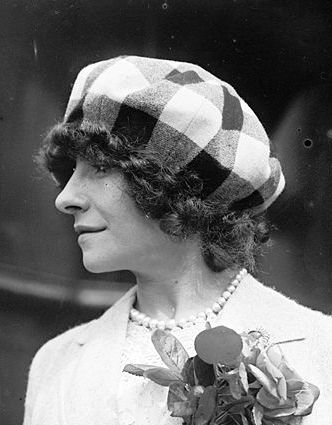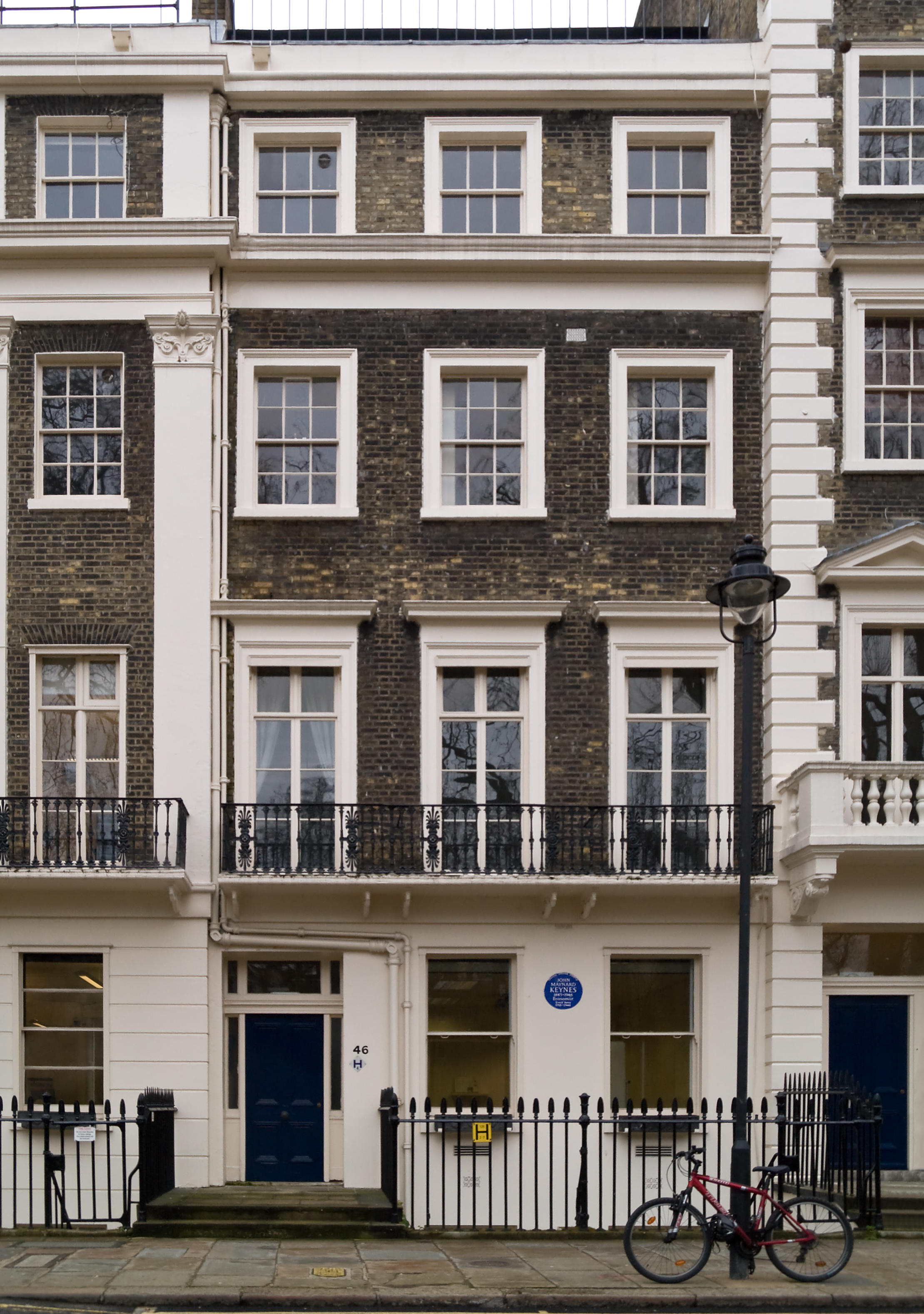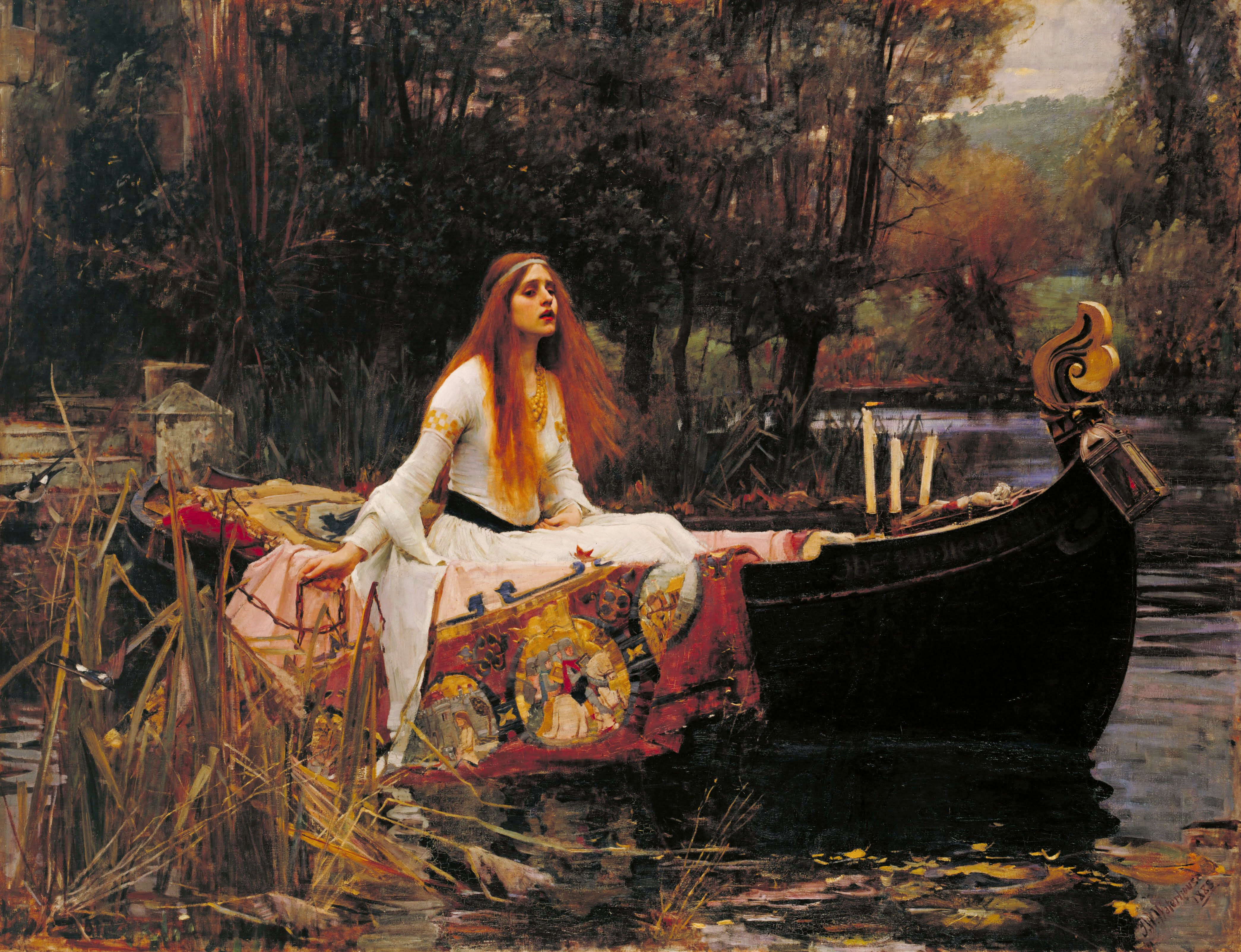|
Bob Cut
A bob cut, also known as a bob, is a short to medium length haircut, in which the hair is typically cut straight around the head at approximately jaw level, and no longer than shoulder-length, often with a fringe at the front. The standard bob cut exposes the back of the neck and keeps all of the hair well above the shoulders. History Historically, women in the West have usually worn their hair long. Some young girls, actresses and a few "advanced" or fashionable women had worn short hair even before World War I, such as French actress Polaire, described in 1910 as having "a shock of short, dark hair", a cut she adopted in the early 1890s. The style, however, was not considered generally respectable until given impetus by the inconvenience of long hair to girls engaged in war work. In 1909, Antoni Cierplikowski, called Antoine de Paris, a Polish hairdresser who became the world's first celebrity hairdresser, started a fashion for a short bob cut. He said it was insp ... [...More Info...] [...Related Items...] OR: [Wikipedia] [Google] [Baidu] |
Shingle Bob, Louise Brooks
Shingle(s) may refer to: Construction *Roof shingles or wall shingles, including: **Wood shingle ***Shake (shingle), a wooden shingle that is split from a bolt, with a more rustic appearance than a sawed shingle ***Quercus imbricaria, or shingle oak, a wood used for shingles **Asbestos shingle, roof or wall shingles made with asbestos-cement board **Asphalt shingle, a common residential roofing material in North America **Tile#Roof_tiles, Roof tiles, made of ceramic or other materials **Slate#Slate in buildings, Slate shingle, roof or wall shingles made of slate **Solar shingle, a solar collector designed to look like a roof shingle *Shingle style architecture, a plain American house style with little ornamentation Science and technology *Shingles (''Herpes zoster''), a disease of the nerves *Shingling (metallurgy), the process of consolidating iron or steel with a hammer during production *Shingle back (''Trachydosaurus rugosus''), a species of skink found in Australia *Shingled ... [...More Info...] [...Related Items...] OR: [Wikipedia] [Google] [Baidu] |
Bloomsbury Set
The Bloomsbury Group was a group of associated British writers, intellectuals, philosophers and artists in the early 20th century. Among the people involved in the group were Virginia Woolf, John Maynard Keynes, E. M. Forster, Vanessa Bell, and Lytton Strachey. Their works and outlook deeply influenced literature, aesthetics, criticism, and economics, as well as modern attitudes towards feminism, pacifism, and sexuality. Although popularly thought of as a formal group, it was a loose collective of friends and relatives closely associated with the University of Cambridge for the men and King's College London for the women, who at one point lived, worked or studied together near Bloomsbury, London. According to Ian Ousby, "although its members denied being a group in any formal sense, they were united by an abiding belief in the importance of the arts."Ousby, p. 95 The historian C. J. Coventry, resurrecting an older argument by Raymond Williams, disputes the existence of the ... [...More Info...] [...Related Items...] OR: [Wikipedia] [Google] [Baidu] |
Vernon And Irene Castle
Vernon and Irene Castle were a husband-and-wife team of ballroom dancers and dance teachers who appeared on Broadway and in silent films in the early 20th century. They are credited with reviving the popularity of modern dancing. Castle was a stage name: Vernon (2 May 1887 – 15 February 1918) was born William Vernon Blyth in England. Irene (7 April 1893 – 25 January 1969) was born Irene Foote in the United States. The couple reached the peak of their popularity in Irving Berlin's first Broadway show, '' Watch Your Step'' (1914), in which they refined and popularized the foxtrot. They also helped to promote ragtime, jazz rhythms and African-American music for dance. Irene became a fashion icon through her appearances on stage and in early movies, and both Castles were in demand as teachers and writers on dance. After serving with distinction as a pilot in the British Royal Flying Corps during World War I, Vernon died in a plane crash on a flight training base near Fort ... [...More Info...] [...Related Items...] OR: [Wikipedia] [Google] [Baidu] |
Lady Diana Cooper
Diana Cooper, Viscountess Norwich (née Lady Diana Olivia Winifred Maud Manners; 29 August 1892 – 16 June 1986) was an English silent film actress and aristocrat who was a well-known social figure in London and Paris. As a young woman, she moved in a celebrated group of intellectuals known as the Coterie, most of whom were killed in the First World War. She married one of the few survivors, Duff Cooper, later British ambassador to France. After his death, she wrote three volumes of memoirs which reveal much about early 20th-century upper-class life. Birth and youth Lady Diana Olivia Winifred Maud Manners was born at 23A Bruton Street in Mayfair, London, on 29 August 1892. Her mother, who was a devotee of the author George Meredith, named her daughter after the titular character in Meredith's novel '' Diana of the Crossways''. Officially the youngest daughter of the 8th Duke of Rutland and his wife, the Duchess of Rutland, Lady Diana's biological father was the write ... [...More Info...] [...Related Items...] OR: [Wikipedia] [Google] [Baidu] |
Lady Diana Cooper On TIME Magazine, February 15, 1926
''Lady'' is a term for a woman who behaves in a polite way. Once used to describe only women of a high social class or status, the female counterpart of lord, now it may refer to any adult woman, as gentleman can be used for men. "Lady" is also a formal title in the United Kingdom. "Lady" is used before the family name or peerage of a woman with a title of nobility or honorary title ''suo jure'' (in her own right), such as female members of the Order of the Garter and Order of the Thistle, or the wife of a lord, a baronet, Scottish feudal baron, laird, or a knight, and also before the first name of the daughter of a duke, marquess, or earl. Etymology The word comes from Old English '; the first part of the word is a mutated form of ', "loaf, bread", also seen in the corresponding ', "lord". The second part is usually taken to be from the root ''dig-'', "to knead", seen also in dough; the sense development from bread-kneader, or bread-maker, or bread-shaper, to the ordinary ... [...More Info...] [...Related Items...] OR: [Wikipedia] [Google] [Baidu] |
Brigitte Bardot
Brigitte Anne-Marie Bardot ( ; ; born 28 September 1934), often referred to by her initials B.B., is a French former actress, singer, and model as well as an animal rights activist. Famous for portraying characters with Hedonism, hedonistic lifestyles, she is one of the best known symbols of the sexual revolution. Although she withdrew from the entertainment industry in 1973, she remains a major pop culture icon. She has acted in 47 films, performed in several musicals, and recorded more than 60 songs. She was awarded the Legion of Honour in 1985. Born and raised in Paris, Bardot was an aspiring ballerina during her childhood. She started her acting career in 1952 and achieved international recognition in 1957 for her role in ''And God Created Woman (1956 film), And God Created Woman'' (1956), catching the attention of many French intellectuals and earning her the nickname "sex kitten". She was the subject of philosopher Simone de Beauvoir's 1959 essay ''The Lolita Syndrome'', wh ... [...More Info...] [...Related Items...] OR: [Wikipedia] [Google] [Baidu] |
Eleanor Roosevelt
Anna Eleanor Roosevelt ( ; October 11, 1884November 7, 1962) was an American political figure, diplomat, and activist. She was the longest-serving First Lady of the United States, first lady of the United States, during her husband Franklin D. Roosevelt's four terms as president from 1933 to 1945. Through her travels, public engagement, and advocacy, she largely redefined the role. Widowed in 1945, she served as a United States Mission to the United Nations, United States Delegate to the United Nations General Assembly from 1945 to 1952, and took a leading role in designing the text and gaining international support for the Universal Declaration of Human Rights. In 1948, she was given a standing ovation by the assembly upon their adoption of the declaration. President Harry S. Truman later called her the "First Lady of the World" in tribute to her human rights achievements. Roosevelt was a member of the prominent and wealthy Roosevelt family, Roosevelt and Livingston family, L ... [...More Info...] [...Related Items...] OR: [Wikipedia] [Google] [Baidu] |
Greta Garbo
Greta Garbo (born Greta Lovisa Gustafsson; 18 September 1905 – 15 April 1990) was a Swedish-American actress and a premier star during Hollywood's Silent film, silent and early Classical Hollywood cinema, golden eras. Regarded as one of the greatest screen actresses of all time, she was known for her melancholic and somber screen persona, her film portrayals of tragedy, tragic characters, and her subtle and understated performances. In 1999, the American Film Institute ranked Garbo fifth on its list of the AFI's 100 Years...100 Stars, greatest female stars of classic Hollywood cinema. Garbo launched her career with a secondary role in the 1924 Swedish film ''The Saga of Gosta Berling, The Saga of Gösta Berling''. Her performance caught the attention of Louis B. Mayer, chief executive of Metro-Goldwyn-Mayer (MGM), who brought her to Hollywood in 1925. She stirred interest with her first American silent film, ''Torrent (1926 film), Torrent'' (1926). Garbo's performance in ''Fle ... [...More Info...] [...Related Items...] OR: [Wikipedia] [Google] [Baidu] |
Sarah Bernhardt
Sarah Bernhardt (; born Henriette-Rosine Bernard; 22 October 1844 – 26 March 1923) was a French stage actress who starred in some of the most popular French plays of the late 19th and early 20th centuries, including by Alexandre Dumas fils, Alexandre Dumas ''fils'', ''Ruy Blas'' by Victor Hugo, ''Fédora'' and ''La Tosca'' by Victorien Sardou, and ''L'Aiglon'' by Edmond Rostand. She played female and male roles, including Shakespeare's Prince Hamlet, Hamlet. Rostand called her "the queen of the pose and the princess of the gesture", and Hugo praised her "golden voice". She made several theatrical tours worldwide and was one of the early prominent actresses to make sound recordings and act in motion pictures. She is also linked with the success of artist Alphonse Mucha, whose work she helped to publicize. Mucha became one of the more sought-after artists of this period for his Art Nouveau style. Biography Early life Henriette-Rosine Bernard was born at 5 rue de L'École-de- ... [...More Info...] [...Related Items...] OR: [Wikipedia] [Google] [Baidu] |








